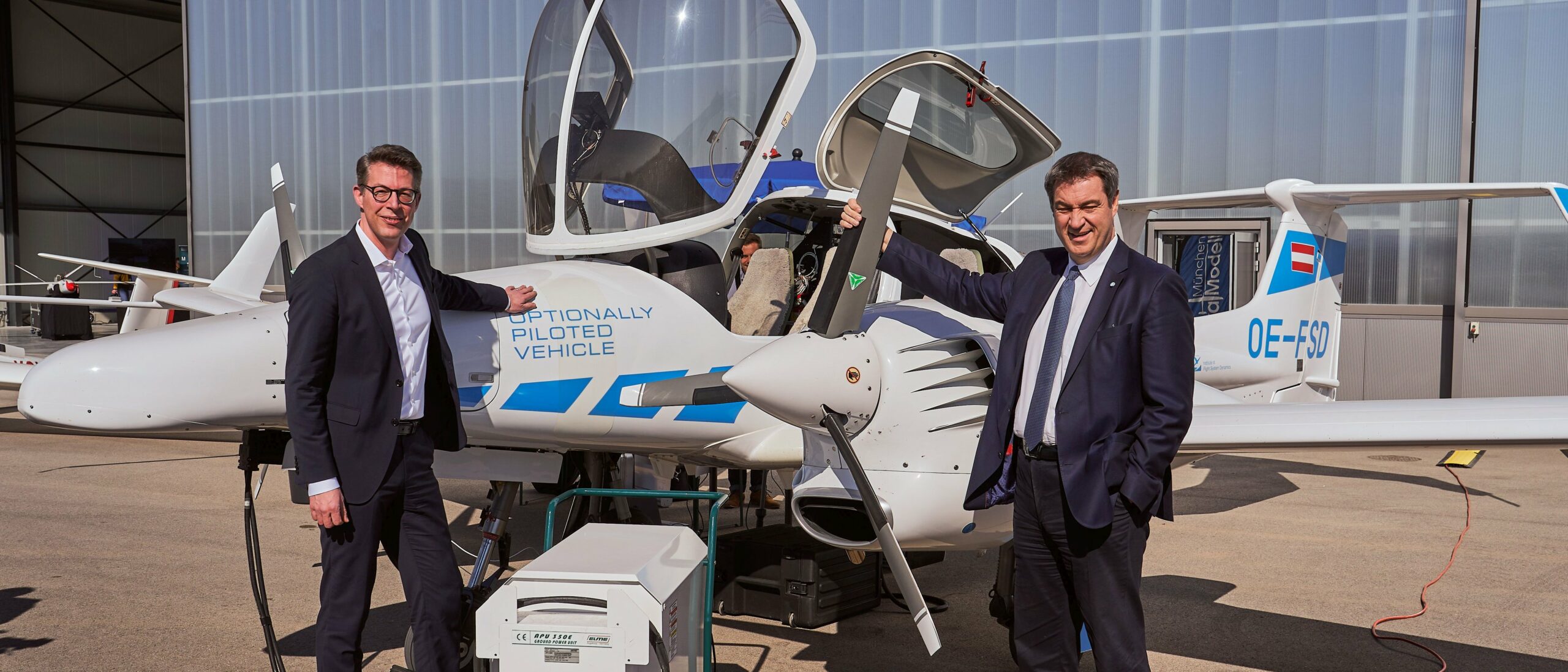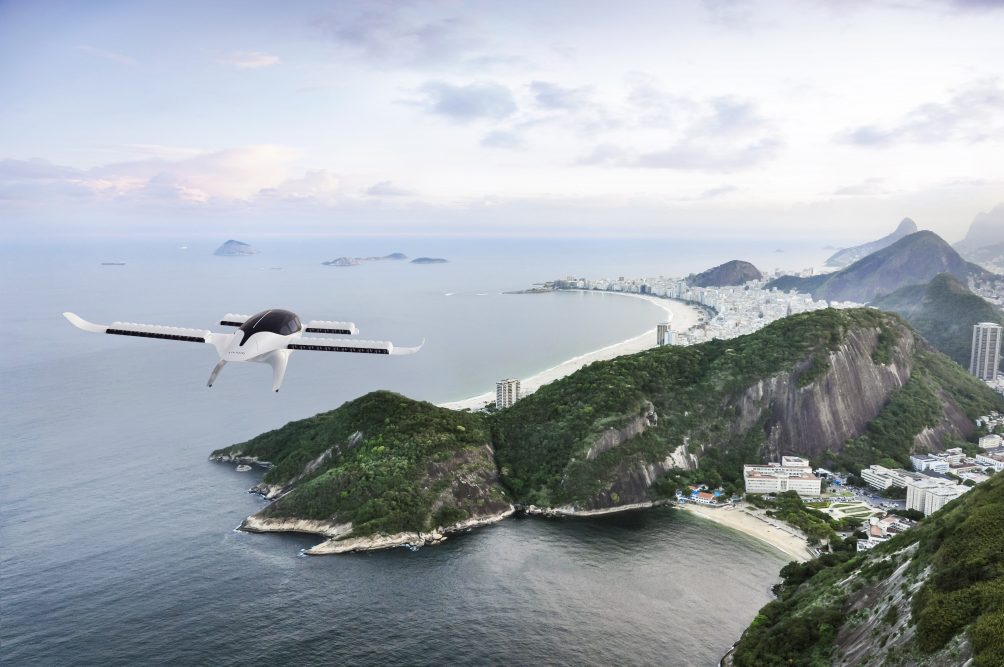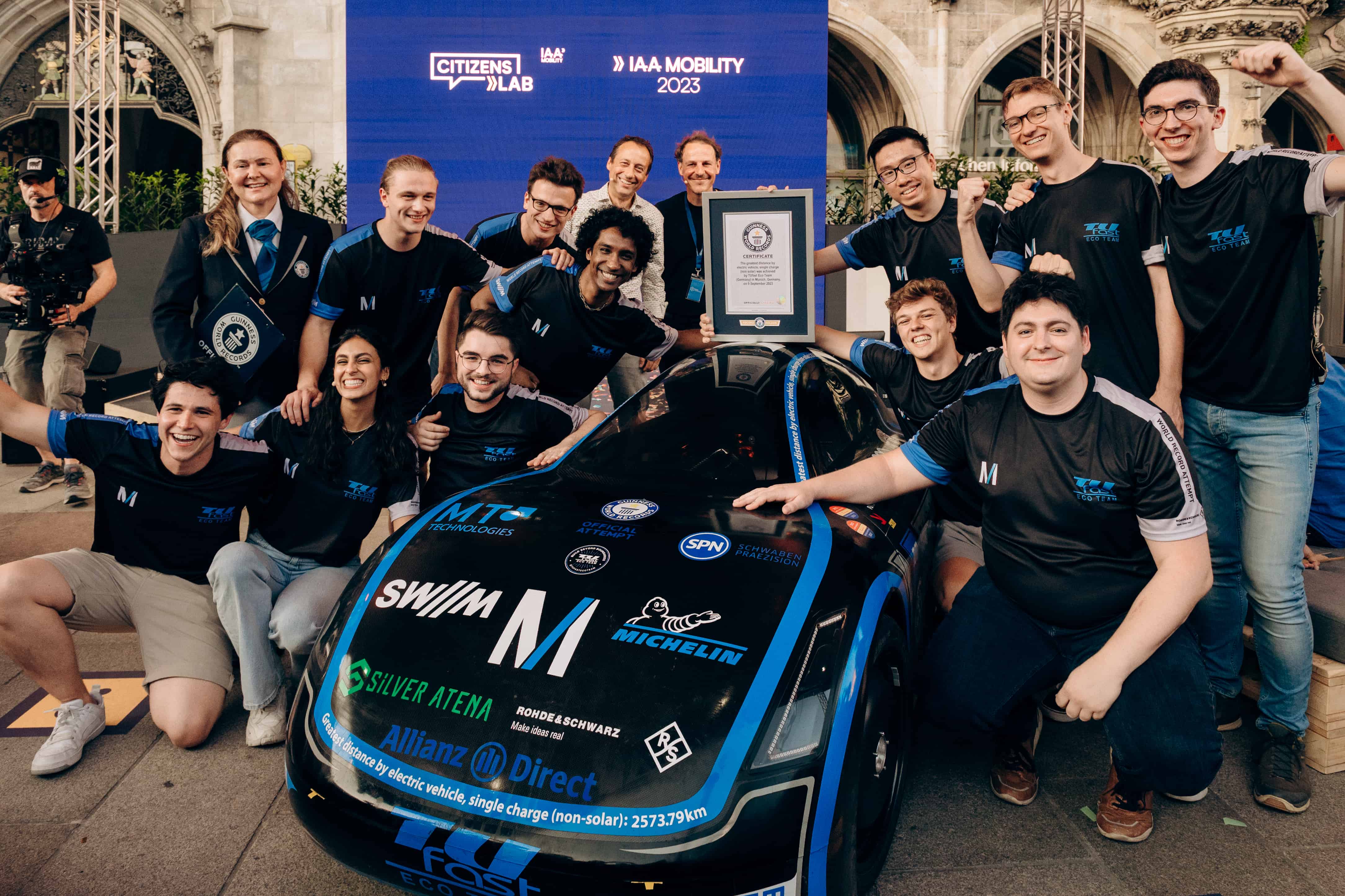
Markus Söder, the prime minister of Bavaria, is not exactly known for his modesty. So there was initially a certain amount of chuckling over his announcement in 2018 that Bavaria was working on a space center of international stature. Some even called it delusions of grandeur, but it is fair to say that the outlines of what Söder dubs ‘Space Valley’ are taking shape with ever greater clarity and seriousness.
A first major step was taken last July with a new high-tech building in Munich-Ottobrunn for the Aerospace and Geodesy (LRG) faculty of the Technical University of Munich (TUM). With 55 professors, that faculty is planned to become the largest university-based aviation center in Europe..
The faculty is seen as an important linchpin within the Space Valley project, but the absolute crowning achievement has got to be the Aerospace Flight Test Center at Oberpfaffenhofen Airport, just west of Munich. At this campus, everything that has been conceived on the drawing boards can be put nto practice. Among other things, it comprises a large hangar and several laboratories on a 1,500 m2 site.
Cape Canaveral
The foundation stone was laid last week, once more by Söder, who this time referred to it as the “Cape Canaveral of Bavaria.” That comparison with the American launch base in Florida is still quite an exaggeration, but the fact that the southern Germans should be taken seriously is testified to by the sums of money being allocated. Of the €3.5 billion that Bavaria has at its disposal for regional high-tech projects over the coming years, €700 million is destined for Space Valley.
Naturally, money on its own is not going to get them there. Partners are also needed. The most important one besides TUM and the Munich University of Applied Sciences, is the German Space Agency (DLR), which currently employs 1,800 people at the Air Tech Campus. DLR is a semi-public institution that moves across the cutting edge of scientific and applied research.

Lilium
In addition, the airport is beginning to develop more and more as a magnet for commercial companies. Altogether, there are now more than 30 on campus, including a number of young companies.
The best-known example is Lilium, which has gained prominence with an electric flying taxi that can land and take off vertically. Another example is Torqueedo, founded in 2005, a manufacturer of electric boat engines that also sees opportunities in the field of aviation. And there are companies with more history such as Deutsche Aircraft, Dornier Seawings and Ruag International, which grew out of the Swiss Army’s former maintenance and manufacturing company.
What kind of innovations can we expect?
Those in charge at the Air Tech Campus could not be reached last week, but a good peek into what’s going on is provided by a recent interview published by the Frankfurter Rundschau newspaper with Mirko Hornung, the director of the aerospace faculty at TUM.
According to Hornung, it is possible to count on new forms of aircraft powertrains, such as electric and hydrogen engines, new (lighter) materials, software for drones, for example, and technology for satellites and missiles.
Hornung adds that when it comes to rockets and satellites, we should be thinking less and less about large apparatus. “Space systems are becoming smaller and more flexible.” What they are working on in Bavaria, he says, is not about flying to Mars or “to boldly go where no man has gone before” à la Spaceship Enterprise. “Those kinds of fantastic visions of the future have little to do with modern space travel. We are developing smaller systems that often stay relatively close to Earth.”

Start-ups
These involve, for example, satellites that measure the thickness of the Arctic ice or minimal changes in sea levels. They can help simulate what will happen in a river delta if a dike is built somewhere or a reservoir is built, or predict how traffic will develop if a new highway is built.
Of utmost importance, according to Hornung, is the cooperation between science and industry, and something Germany has not been very strong in for a long time, in its support of start-ups. One of the showpieces of a start-up spawned from the TUM is Isar Aerospace, a company that produces low-cost rockets for small satellites. Automobile manufacturer Porsche is one of its shareholders.
Competition
Within a European context, the Bavarian Space Valley project has also been subject to occasional criticism. Some see it as German “Alleingang” and epitome of the rising rivalry with France in particular. For example, there is constant wrangling between the French and Germans over who gets to do what at Europe’s largest aerospace company Airbus.
The German newspaper Handelsblatt wrote an article last week detailing the growing concerns in Germany about the dominant role the French are seeking to play at Airbus, but also in other sectors where industrial policy plays a key role. This holds true not just for the aerospace industry, but definitely more recently for the defence industry as well.
On the other hand, the Munich University of Applied Sciences in Oberpfaffenhofen, for instance, has forged a partnership with the French rocket manufacturer Ariane. Hence, the two-way struggle should not be overrated either. Moreover, the largest space technology center in Europe is still in Noordwijk/Netherlands where the European Space Research and Technology Centre (ESTEC) is located (part of the ESA).
Read our aviation dossier here.








